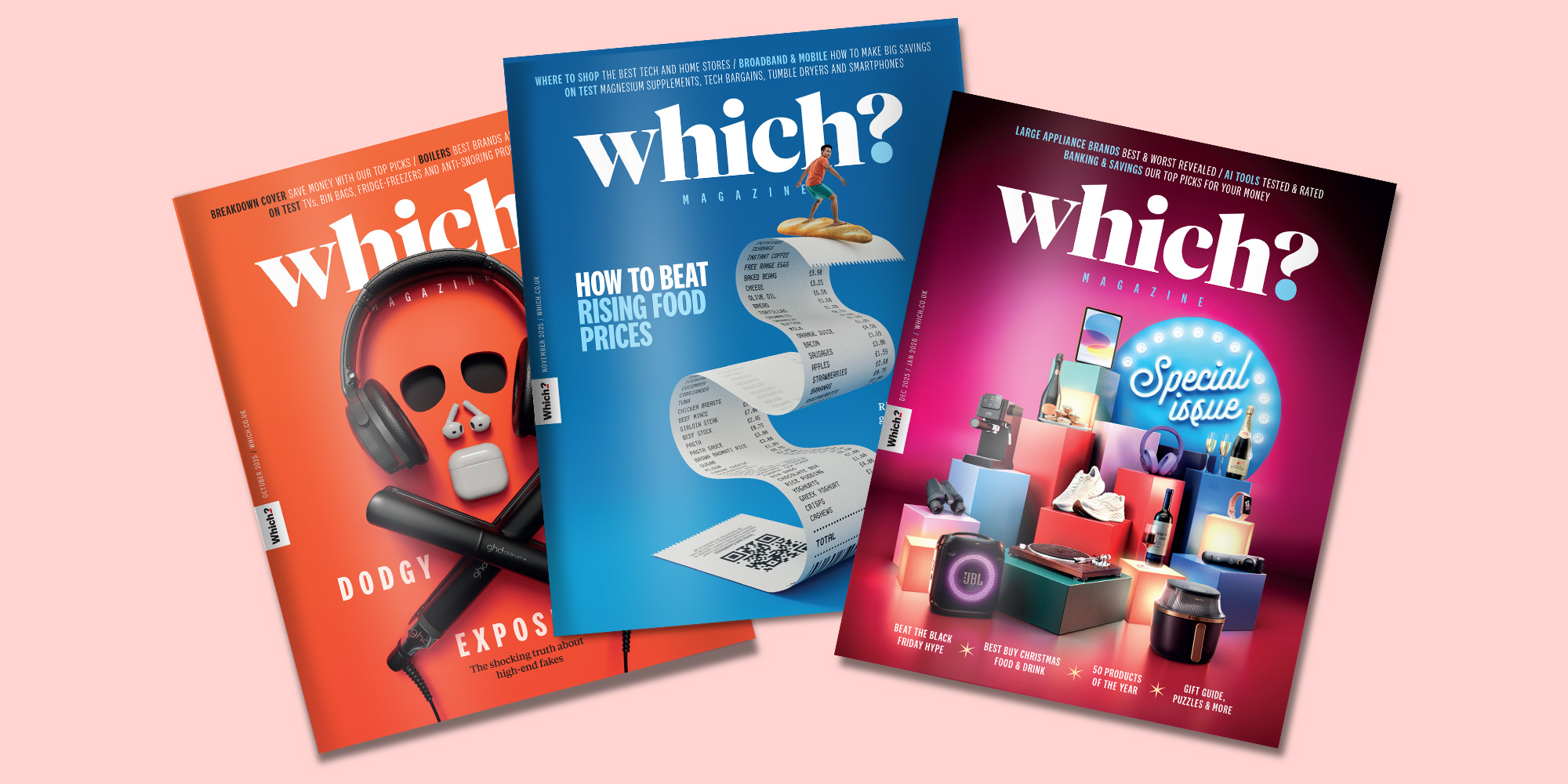
Support investigative journalism
Our award-winning investigations help us in our mission to make life simpler, fairer and safer for everyone.
Join Which?
Grocery inflation is back on the rise again, according to Which?'s supermarket price tracker.
Our tracker shows overall grocery inflation rose by 5.2% in the year to May 2025. It's the third successive quarter supermarket grocery prices have risen.
And while it's still a far cry from March 2023, when grocery inflation hit a peak of 17.2% during the cost of living crisis, some items have seen much steeper rises.
Here we pick out some of the groceries with the biggest price increases, and offer expert tips on how to save money at the supermarket.
Chocolate has seen particularly high inflation – 17.5% in the year to May 2025, which was the highest across all the food and drink categories we looked at.
There's been a significant rise in global cocoa prices for some months now, after poor harvests because of weather conditions in West Africa. In fact, global cocoa production is estimated to have declined by 14 % in the 2023-24 season.
Biscuits have also seen some of the highest inflation, at 10.1%.
Among the sweet treats that saw significant price hikes this year were:
Prices are averages for the three-month period to the end of May in 2025 compared to the same period a year earlier.
The good news is that - according to the World Bank - ocoa supplies are predicted to recover well this year, which should lead to less pressure on prices.
We found that the prices of some everyday items have also increased dramatically year-on-year. Some of the worst examples include:
Prices are averages for the three-month period to the end of May in 2025 compared to the same period a year earlier.

Our award-winning investigations help us in our mission to make life simpler, fairer and safer for everyone.
Join Which?The cost of supermarket groceries is rising by 5.2% annually. It's the third successive quarter that there's been a rise in supermarket food and drink inflation, according to our tracker.
The cost of living crisis saw grocery inflation hit a peak of 17.2% in March 2023, after which grocery price inflation had been steadily falling since March 2023.
It dropped to a low of just 2.7% in August 2024 but since then it's been steadily rising again.
After the Budget in October, supermarkets and the British Retail Consortium warned that higher living wages and National Insurance contributions could lead to higher prices for shoppers.
As prices are significantly higher than before the cost of living crisis, many households are likely to be still finding rising grocery costs a worry.
To help save money, make sure you compare the price per unit (either 100g or 100ml, for example) across different pack sizes, retailers and brands to ensure you're getting the best value for money.
You can also switch supermarkets to make significant savings – see our cheapest supermarket results for more information on how much you could save.
Having a loyalty card can also save you money. However, Which? has found millions of people are excluded from accessing lower loyalty prices at major supermarkets on the basis of their age, lack of address or digital access.
We believe that the lower prices offered by loyalty schemes should be available to those who are currently ineligible to sign up through no fault of their own, and are calling on retailers to find a solution.
Which?’s tracker looks at 20 popular categories of food and drink at eight supermarkets — Aldi, Asda, Lidl, Morrisons, Ocado, Sainsbury’s, Tesco and Waitrose.
It compares average prices across the same three-month and one-month periods year-on-year, including discounts but not multibuys or loyalty card offers.
Overall inflation figures are weighted based on supermarket market share and the sales volume of each product category.
Prices are provided by an independent data provider.